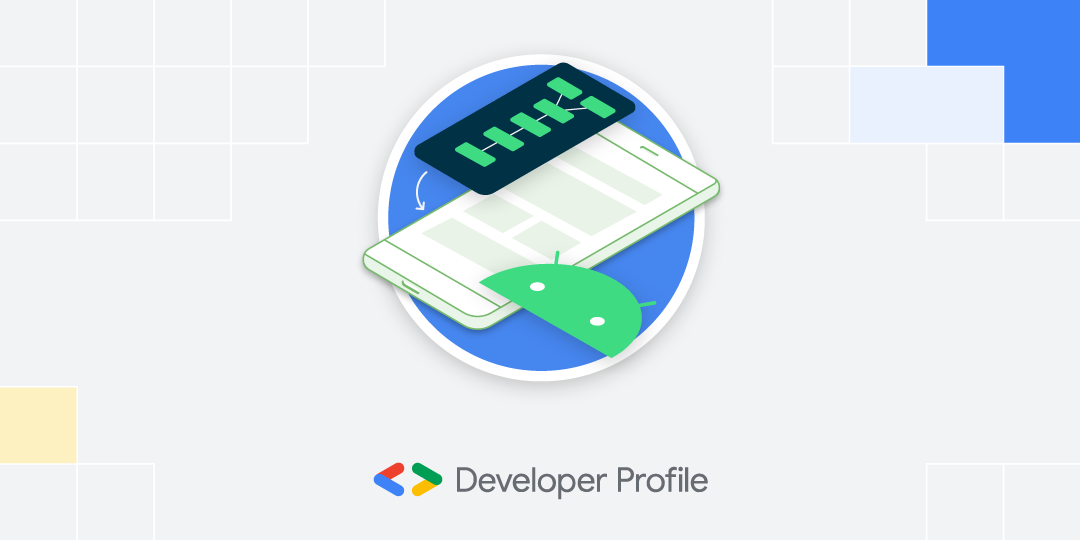 ☰
🔍
☰
🔍
14 diciembre 2021

Posted by Manuel Vicente Vivo, Developer Relations Engineer, @manuelvicnt

As Android apps grow in size, it's important to design the code with an architecture in place to allow the app to scale, improve quality and robustness, and make it easier to test.
An app architecture defines the boundaries between parts of the app and the responsibilities each part should have. This favors the separation of concerns principle that enables the aforementioned benefits.
In response to community demand for up-to-date guidance on app architecture, we're launching a revamped guide to app architecture. This includes best practices and recommended architecture for building robust, high-quality apps. It also provides a page for each layer of the recommended architecture: UI, domain, and data layers. Within them, you'll find deep dives into more complex topics, such as how to handle UI events.
Each Android app should have at least two layers:
You can add an additional layer called the domain layer to simplify and reuse the interactions between the UI and data layers.

General diagram of a typical app architecture. The UI layer gets the application data from the optional domain layer, or the data layer, that exposes application data.
We have created a learning pathway to help you consume this content in order and in a trackable way. Don't miss the chance to learn all of this and get a badge as recognition!

If you’re a beginner, you should begin by understanding the benefits of having an app architecture and then follow these recommendations as a first approach to the topic. Intermediate and advanced developers can follow these recommendations and customize them to their needs. In fact, our research suggests that most professional developers are already using these best practices.
You might be wondering if you should update your existing architecture to follow this recommendation, and the answer is no… or wait… it's up to you. If your current architecture works for your team, you might want to stick with it. But you might also find patterns in our guides you can benefit from and incorporate into your app.
This is the first batch of documents we're releasing, with more to come in 2022. Help us make the guidance better! If you have any feedback on the current recommendations or if you want to see other architecture-related topics in them, let us know in our docs issue tracker.